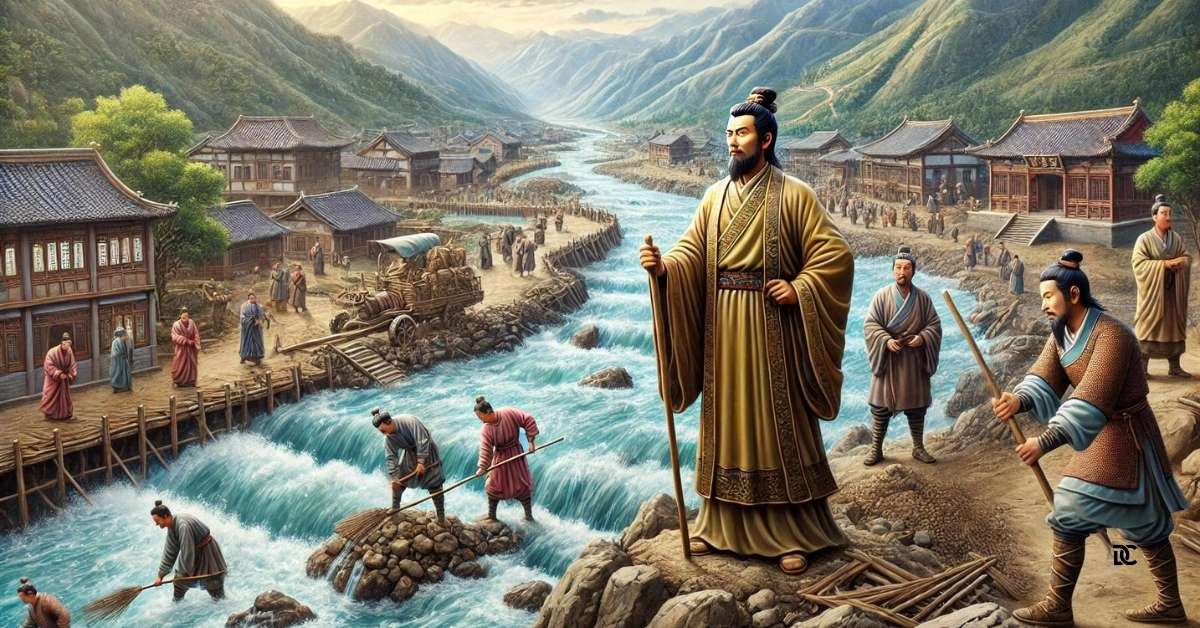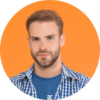The Xia Dynasty is traditionally acknowledged as the inaugural prehistoric dynasty in China, believed to have reigned from approximately the 21st to the 16th century BCE. According to ancient Chinese historical records, particularly the “Records of the Grand Historian” by Sima Qian, the Xia Dynasty was established by Yu the Great, a legendary figure renowned for his remarkable efforts in controlling the devastating floods of the Yellow River.
Until scientific excavations were made at early bronze-age sites at Anyang, Henan Province, in 1928, it was difficult to separate myth from reality in regard to the Xia Dynasty. But since then, and especially in the 1960s and 1970s, archaeologists have uncovered urban sites, bronze implements, and tombs that point to the existence of the Xia civilization in the same locations cited in ancient Chinese historical texts.

At a minimum, the Xia period marked an evolutionary stage between the late Neolithic cultures and the typical Chinese urban civilization of the Shang Dynasty.
The Xia Dynasty is traditionallly supposed to have begun with the reign of Yu the Great and ended with the fall of Jie, lasting for more than 400 years, from approximately the 21st century BC to a little earlier to the 16th century BC. THere were altogether seventeen kings in fourteen generations. According to an ancient version of history, however, it was not Yu, but his son Qi, who founded the dynasty.
Also Read
Towards the end of the Xia Dynasty, social contradictions and confict grew sharper. Tradition has it that in the 16th century BC, the last ruler of Xia, Jie, abused his power and increased oppression. He exhausted the resources of the people to build palaces and pavilions for himself. The people were also forced to go to war.
Filled with hatred for Jie, the people could no longer put up with his despotic rule and fled in large numbers. Even his court officials cursed him and wished him his death, although that might mean that they themselves would perish.
Shang Tang sezed this opportunity. Took a revolt and finally overthrew the Xia Dynasty and founded the house known as the Shang Dynasty.
The Great Yu and the Terrible Flood
Legend tells of a devastating flood that occurred around four to five thousand years ago in the Yellow River valley. This catastrophic event destroyed entire villages, swept away homes, and submerged vast tracts of farmland. Many lives were lost, and those who survived had to flee their homes, relocating to hillsides or migrating to distant regions.
During this period, the leader of the tribal confederation was a man named Yao. In response to the flood, Yao promptly convened a meeting with the chieftains of all the tribes to devise a strategy to control the disaster. At this gathering, a man named Gun was unanimously chosen to lead the efforts against the flood.
Under Gun’s leadership, the people dedicated nine arduous years to constructing dams and dykes in an attempt to halt the rivers’ flow. Despite their hard work, these measures only resulted in more severe floods. Each time a dam or dyke was built, it was swiftly destroyed by the overwhelming waters, which carried sand and mud downstream. This led to the blockage of the Yellow River’s mouth, expanding the affected areas and increasing the number of casualties.
As Yao grew older, he decided to pass on his leadership to Shun, a man who placed great emphasis on flood control. Shun personally visited the work sites to oversee the efforts. Upon realizing that Gun had failed to control the flood, Shun first imprisoned him on Feather Hill and then had him killed. He then instructed Gun’s son, Yu, to continue the battle against the flood.
There are numerous mythical accounts of Yu’s birth. One story claims that three years after Gun’s death, his corpse showed no signs of decay, and when it was cut open, a boy named Yu emerged. Another tale suggests that Yu was born after his mother consumed a type of wild fruit. Regardless of the origin story, Yu was widely regarded as the son of a god—an ingenious, capable, and unmatched hero.
Just four days after his marriage, Yu received Shun’s orders. Determined to control the flood and protect the people, he left his wife and set off for the work sites. Yu began by studying the reasons behind his father’s failure and conducted a thorough survey of the affected areas. He consulted experienced workers and realized that water naturally flows from higher to lower regions. Consequently, he abandoned Gun’s strategy of building dams and dykes. Instead, Yu led his men in digging ditches and canals to divert the floodwaters and dredging river channels to create outlets for the floods to reach the sea.
At that time, Mount Longmen in the upper reaches of the Yellow River acted as a natural barrier, causing the river to overflow its banks and flood the surrounding areas. To address this, Yu transformed himself into a bear and ventured into the mountains to dig a canal. He also enlisted the help of Ying Long, a brave warrior of Huang Di. Together, they successfully carved a canal through Mount Longmen, allowing the floodwaters to flow through the canal and the dredged rivers into the sea.
Yu worked tirelessly alongside his men, regardless of the weather, digging and removing earth throughout all four seasons. His dedication left him with a sunburned face, a lean body, and worn calf hair. His commitment was so profound that he reportedly avoided entering his home three times while passing by. In one account, as he was passing his home, his wife was giving birth to his son Qi. Hearing the baby cry, Yu turned away to continue his mission to control the flood.
After thirteen long years of relentless effort, Yu and his team succeeded in dredging all the rivers, both large and small, eliminating the threat of the flood. People who had fled to hillsides or migrated to remote areas returned to their ancestral homes. Under Yu’s leadership, they began to cultivate the land, plant crops, and develop agricultural production, allowing the community to thrive once more.
Yu earned immense respect from all the tribes, who came to honor him as Yu the Great. Impressed by Yu’s qualities and capabilities, Shun recommended him as his successor. After Shun’s death, Yu became the head of the tribal confederation. His own son, Qi, succeeded him and established the first slave-owning state in Chinese history—the Xia Dynasty.
The Dawn of Chinese Civilization
The Xia Dynasty is credited with laying the foundational aspects of Chinese civilization, including advancements in agriculture, the development of bronze metallurgy, and the establishment of early urban centers that facilitated trade and cultural exchanges.
The Xia Dynasty’s existence is debated among historians and archaeologists. Limited archaeological evidence directly links to the Xia. Some associate findings from sites like Erlitou are related to the Xia period, but definitive proof is lacking. This ambiguity highlights the challenges in reconstructing early Chinese history and the Xia Dynasty’s enduring legacy as a symbol of China’s ancient heritage and governance.






